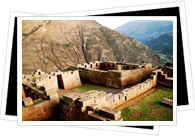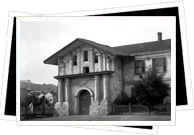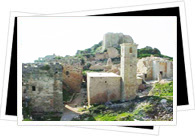Many of the precolumbian empires of Latin America saw some of the best architects, builders and stonemasons that the world has ever seen.

Living in areas subject to weather extremes, the ancient Amerindians were building structures which have remained intact despite nature’s best attempts to eradicate them throughout the centuries.
Since the Spanish and other Europeans made their entrance in Latin America and subsequently brought African and Chinese slaves to labour for them, architecture periods have taken on a variety of different influences and styles.

The European’s first buildings in Latin America were temporary fixtures which have long since disappeared. By the end of the 1500’s, buildings were more permanent structures, many of which were built for military purposes.
Spanish Colonial structures were general large and plain with elaborate ornamentation and doorways, built from indigenous materials and most often with a flat roof. Many cities of Mexico, in particular, have areas of Spanish Colonial style architecture.
Baroque architecture was the next fashionable style, prominently used in the design of religious buildings where its ornamental style could be used to great effect. It was developed from the Renaissance art and styles originated from Italy at the time, although new world architects evolved the style in their own way using their favourite elements of other styles.

The Caribbean, with the major shipping ports of the time, saw architecture periods of military architecture develop using medieval and Renaissance models and modernizing them using the relatively new urban grid system and French military engineers to fortify the ports against attacks from pirates.
Further excess became the fashion before architecture periods of Neo-Classical, or modern classicism as it was known in the 18th century, influenced buildings. Military engineers worked with architects and their style was popular for use on non-ecclesiastical buildings such as hospitals, prisons and customs houses.
As Latin America sought independence from Spain, European influences from then fashionable France and Italy became chic and cities turned away from their Colonial past. French architectural influence extended the length of Latin America.